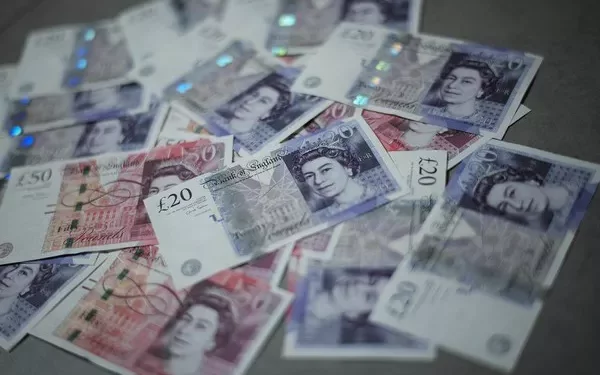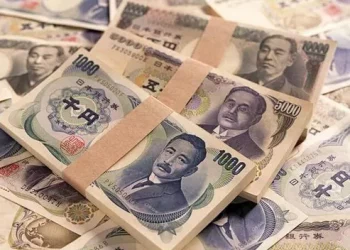The Bank of England, one of the world’s oldest and most influential central banks, has played a pivotal role in the United Kingdom’s financial system for over three centuries. While it is a well-known institution, many individuals are still curious about its ownership. In this article, we will delve into the intriguing question: who owns Bank of England? By exploring its history, structure, and governance, we aim to provide a comprehensive answer to this question.
Historical Perspective
The Bank of England was founded in 1694, making it one of the oldest central banks in existence. Its establishment came as a response to a severe financial crisis and the need for a stable source of government finance. Initially, the Bank was privately owned by a group of wealthy individuals who contributed capital to the institution in exchange for shares. These shareholders were entitled to receive dividends from the Bank’s profits, which were primarily generated through lending to the government.
Private Ownership
So, who owns Bank of England in terms of private ownership? The Bank’s ownership structure has evolved significantly over the centuries. In its early days, private individuals and corporations held shares in the Bank, making them its owners. However, as the Bank grew in importance and its role expanded, the government gradually gained more control over it. By the mid-19th century, the majority of the Bank’s shares had been acquired by the government, effectively making it a public institution.
Nationalization
The process of nationalization culminated in 1946 when the Bank of England Act transferred ownership of the Bank to the UK government. Under this act, all of the Bank’s shares held by private individuals were compulsorily purchased by the government. This move was aimed at consolidating the government’s control over monetary policy and ensuring the Bank’s independence from private interests.
The Government as Sole Shareholder
Today, the ownership of the Bank of England is straightforward: it is wholly owned by the UK government. The government’s ownership of the Bank is represented by the Treasury Solicitor, acting on behalf of Her Majesty’s Treasury. In practical terms, this means that the Bank operates as a public institution and is accountable to the government.
Operational Independence
While the government owns the Bank of England, it is important to note that the Bank operates with a high degree of operational independence. This separation between ownership and operational control is crucial for maintaining the credibility and effectiveness of monetary policy. The government sets the Bank’s objectives and framework for monetary policy through the Monetary Policy Committee (MPC). However, the MPC is made up of independent experts who make decisions regarding interest rates and other monetary policy tools without direct government interference.
The Governor and the Court
The Bank of England is led by the Governor, who is appointed by the UK government. The Governor is responsible for the day-to-day operations of the Bank and serves as the chair of the MPC. The Court of Directors, the Bank’s governing body, oversees its activities. The Court consists of non-executive directors, including a Deputy Governor and the Chief Executive. These individuals are appointed by the government and provide oversight and strategic direction to ensure the Bank fulfills its objectives.
Financial Independence
In addition to operational independence, the Bank of England also enjoys financial independence. It generates its own income through various activities, including managing the UK’s foreign exchange reserves, issuing banknotes, and providing banking services to commercial banks. This financial independence allows the Bank to carry out its functions without relying on government funding.
Monetary Policy and Financial Stability
The Bank of England’s primary objectives are to maintain price stability and support economic growth and employment. It achieves these goals by setting interest rates, conducting monetary operations, and regulating financial institutions. In recent years, the Bank has also played a significant role in ensuring financial stability, particularly in the aftermath of the global financial crisis of 2008.
Accountability and Transparency
While the Bank of England operates with a high degree of independence, it is not free from accountability. It is accountable to the UK Parliament, and its activities are subject to scrutiny by parliamentary committees, such as the Treasury Committee. The Bank is also committed to transparency and regularly publishes reports and statements detailing its actions and decisions, including minutes of MPC meetings.
Conclusion
In conclusion, the question of who owns Bank of England has a clear answer: the UK government. Over the centuries, the Bank’s ownership structure has evolved from being privately owned to becoming a fully public institution. This transition has been essential in ensuring that the Bank operates independently and effectively in fulfilling its vital roles in monetary policy and financial stability. While owned by the government, the Bank maintains a high level of operational and financial independence, allowing it to carry out its functions in the best interest of the UK economy.
Related Topics:
Bank of England hikes interest rates to control inflation
Bank of England may raise interest rates further
Bank of England hikes interest rates to control inflation


























